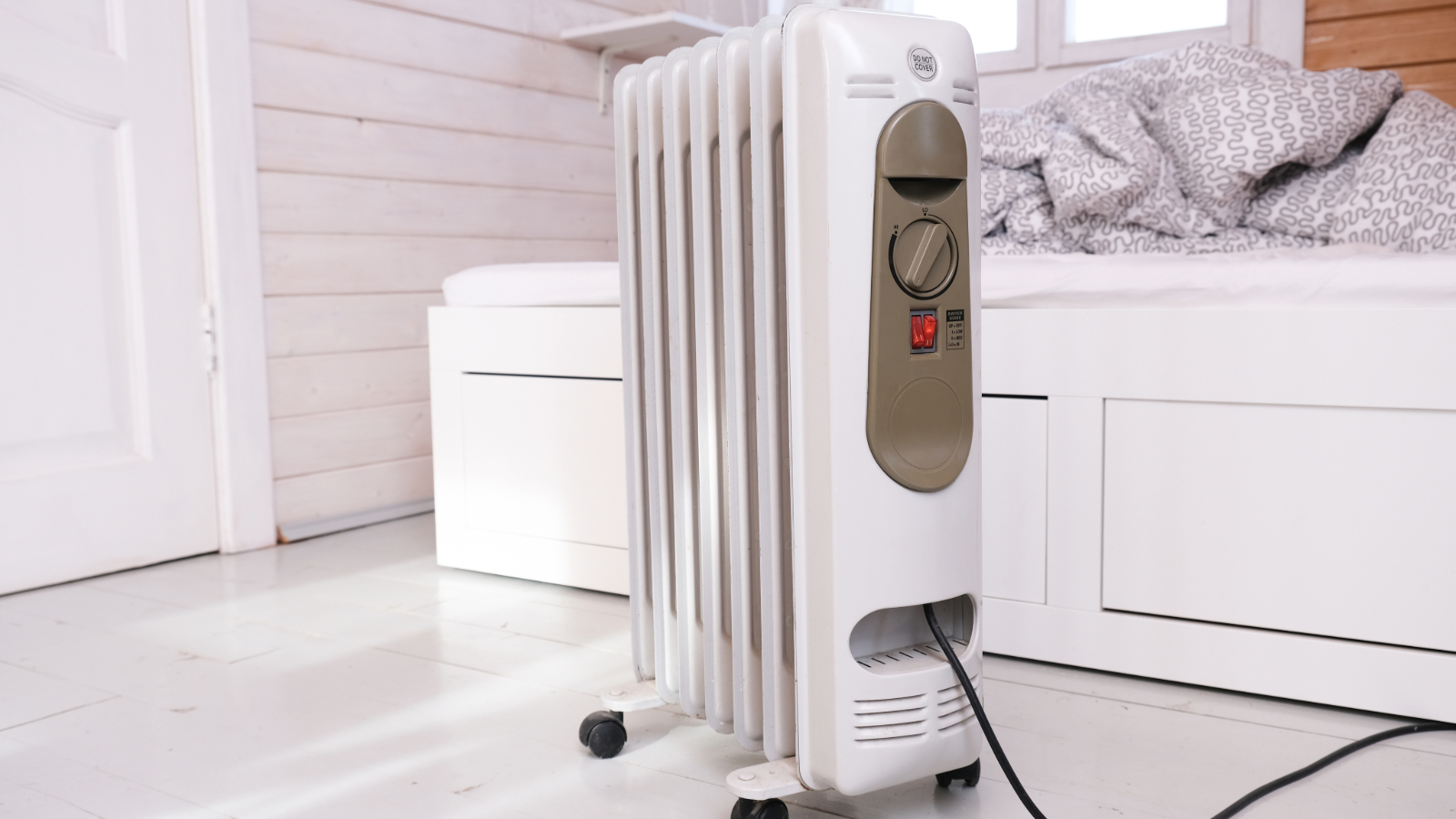AeroBarrier launches in the UK — what is it and should you use it in your home?
Innovation aims to revolutionise airflow control within homes and lower energy bills and create a more sustainable future

A pioneering technology called AeroBarrier is transforming the construction industry with its approach to improving airtightness in buildings.
After emerging in the United States, AeroBarrier has launched in the UK to block unwanted airflow, aiming to significantly enhance energy efficiency and indoor comfort.
This technology claims to allow those building a house to choose their desired air tightness and create homes that meet ventilation building regulations, while also reducing energy bills for homeowners.
We take a look at how AeroBarrier technology works, how it alters airflow and whether it might be a worthwhile option for your project.
What is AeroBarrier?
AeroBarrier is a new technology designed to improve airtightness. It has already been rolled out to great success in the USA, Canada and the UAE, and has just become available in the UK too.
The way AeroBarrier works is essentially by sealing air leaks in buildings using a special mist that contains tiny particles engineered to form an airtight barrier. This mist is released into the building interior and dispersed throughout the space. As it travels, it automatically seeks out and seals any gaps or leaks in the building envelope. The particles in the mist are propelled by air pressure, and as they accumulate, they form a continuous and complete seal, effectively blocking any unwanted airflow.
And it's creators are so confident of AeroBarrier's effectiveness that they'll guarantee it to a specific level of airtightness — either the UK building standard of 8 m3/hr.m2 or to Passivhaus levels of 0.6m3/hm3.
Bring your dream home to life with expert advice, how to guides and design inspiration. Sign up for our newsletter and get two free tickets to a Homebuilding & Renovating Show near you.
Why is this airflow control important in a home?
Airflow can be categorised into two main types: intentional and unintentional airflow.
1) Intentional airflow is deliberately designed and controlled through ventilation systems. This includes natural ventilation with the supply of fresh air from outside and the removal of stale or polluted air from indoors. Intentional airflow is often achieved through mechanisms such as windows, doors, vents, and mechanical ventilation systems like fans or air conditioners or MVHR systems.
2) Unintentional airflow, on the other hand, refers to the movement of air through unintended paths, such as gaps, cracks, or leaks in the building envelope. These unintended pathways can occur around windows, doors, electrical outlets, plumbing penetrations, or any other area where the building's structure is not completely airtight. Unintentional airflow can result in air leakage, leading to energy loss, decreased indoor air quality, and compromised thermal comfort.
Good ventilation helps to remove pollutants, odours, excess moisture, and airborne contaminants from indoor spaces. It also prevents the build-up of stale air as well as mould growth in the damper months.
Techniques to manage airflow in homes include air sealing, adding insulation, installing mechanical ventilation systems, air filters, and regular maintenance to identify and repair air leaks.

What are the building regulations for airtightness?
In the past year, England and Wales have implemented new building regulations aimed at strengthening the requirements for airtightness in new constructions.
These regulations (Part L is the section of the building regulations that covers the energy efficiency of buildings) have reduced the limit for air permeability in new buildings from 10 m3/hr.m2 to 8 m3/hr.m2. Alongside this change, other significant updates have been made to the regulation of airtightness.
While the building regulation changes targets are not overly demanding, they mark the beginning of a process that is expected to lead to even stricter standards in the future with the UK targeting lower carbon emissions and greater energy efficiency in homes.
By improving airtightness, the regulations aim to minimise heat loss and improve the overall energy performance of new and existing buildings, which is also the aim of AeroBarrier. Tim Crump, founder of Oakwrights, the company introducing AeroBarrier to the UK, claimed, “Britain has some of the lowest performing and oldest housing stock in Europe, and there is a real and growing interest in improving energy efficiency and reducing environmental impact.”
Is AeroBarrier suitable for your project?
AeroBarrier is pretty versatile stuff. This means it can be applied to buildings of different types and sizes, making it suitable for both new build projects and retrofitting existing structures. It has already been used across the United States by architects, builders, and homeowners.
While AeroBarrier is highly effective at sealing air leaks, it is necessary to protect surfaces during the application process. The sealant may not adhere easily to vertical surfaces, but it does settle on horizontal surfaces.
As a precaution, windowsills and finished floors should be protected during the application to avoid any undesired contact with the sealant.
How much does AeroBarrier cost?
The cost of AeroBarrier can vary depending on various factors, such as the size and complexity of the building, the region, and specific project requirements. As a result, it is challenging to provide an exact cost without specific details.
Typically, AeroBarrier is priced per square foot of the building envelope that requires air sealing. Other factors that can influence the cost include the building's design, the number of air leaks present, and any additional services or features requested. For instance, if a building has a significant number of air leaks or complex architectural features, it may require more time and material to achieve the desired airtightness, leading to higher costs.
It is best to speak with a qualified AeroBarrier contractor or service provider to get a better idea of cost for your project as they can assess the requirements of your building.

News Editor Joseph has previously written for Today’s Media and Chambers & Partners, focusing on news for conveyancers and industry professionals. Joseph has just started his own self build project, building his own home on his family’s farm with planning permission for a timber frame, three-bedroom house in a one-acre field. The foundation work has already begun and he hopes to have the home built in the next year. Prior to this he renovated his family's home as well as doing several DIY projects, including installing a shower, building sheds, and livestock fences and shelters for the farm’s animals. Outside of homebuilding, Joseph loves rugby and has written for Rugby World, the world’s largest rugby magazine.
